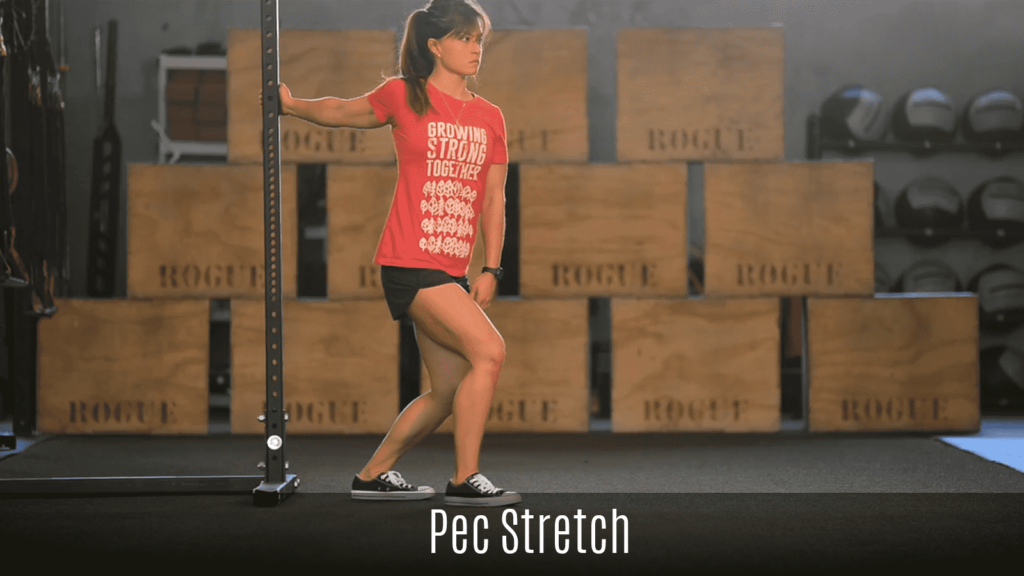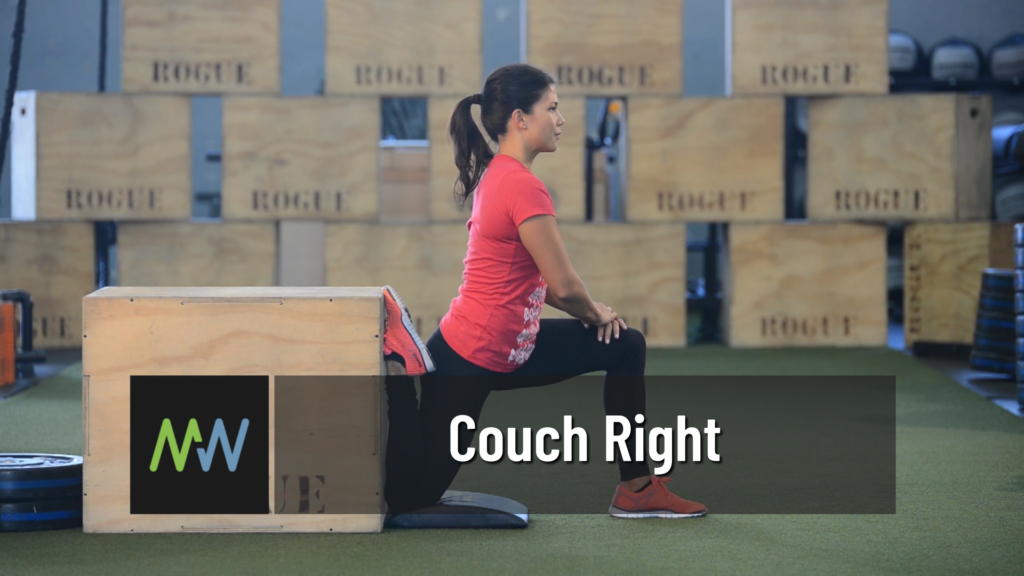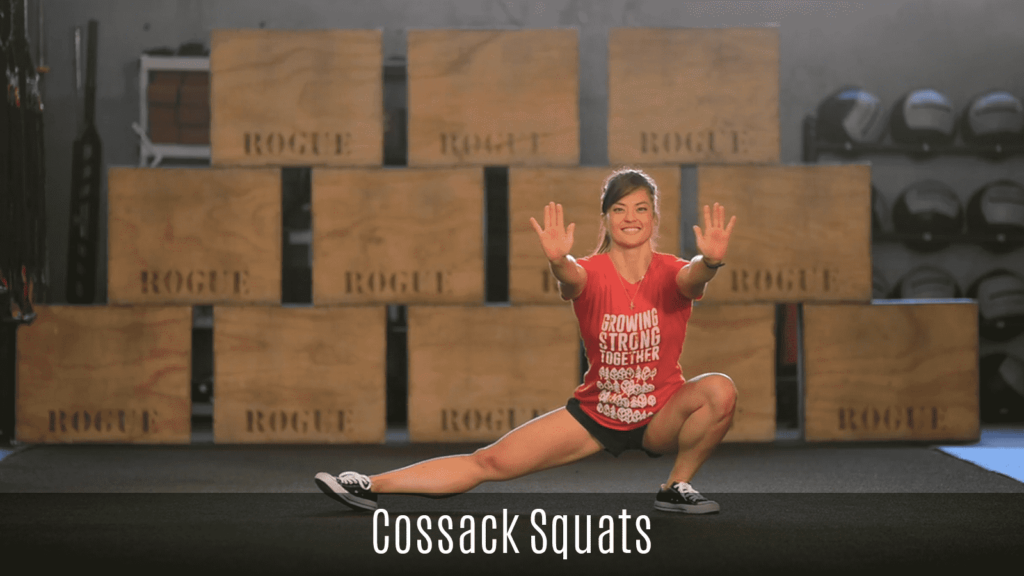The neck, while not thought about that often in regards to stretching, can greatly benefit from some routine movement! People always think about stretching out their legs, their arms, their hips, and their shoulders, of course. The big muscle groups get a lot of attention when it comes to working through our stretching and mobility routines, but the smaller muscles need some love too. Cue the neck rolls.
The neck roll is an effective way to incorporate some beneficial movement for these muscles. Whether it is tight from a hard workout, a poor night of sleep, or from hunching over your computer screen, neck pain is no fun. It’s important to have a few effective stretches and movements up your sleeve. We recommend doing these routinely to fight off any unwanted soreness and pain.
While it is important to move the neck using this roll method, we also suggest incorporating an all-encompassing routine that targets the shoulders, cervical spine, and back to really ensure that you are getting to the root of the problem. Reference our database for a wide variety of beneficial movements.
No special equipment is required to do the neck roll. You don’t even have to be standing to perform this stretch, so it is especially easy to do sitting at your work desk or on the couch while watching television.
If you have ever experienced any neck injury or head trauma, we do recommend that you consult with your personal healthcare professional before attempting this movement. You should never experience any pain, numbness, or tingling while rolling your neck. If you do, it is always best to stop the stretch immediately and seek care if necessary.
If you are ready to learn how to do some basic maintenance on your neck, keep reading. We are going to cover how to properly do this movement, the benefits of keeping your neck muscles happy and healthy, and ways to modify it if needed.
How to do Neck Rolls
The neck roll truly could not be easier. We do recommend doing this from a standing position, but if that is not available to you, it can most definitely be performed while seated.
Start in a standing position. Draw the chin to the chest, slowly rotating in a clockwise fashion until your ear is as close as possible to your shoulder. Slowly draw the head back until the eyes are looking towards the sky and finish by grazing the opposite ear to the opposite shoulder. Once you return to the start position, repeat and switch.
It is important to pay close attention to what you feel why you are completing the neck roll. First things first, there should be no pain. A big stretch or even some tightness is ok, but once it becomes painful, stop the movement immediately and seek care if necessary. You might also feel a stretch in your trap muscles or upper back. This is quite normal and no cause for concern.
The neck roll should be a smooth and fluid movement. Avoid any jerking and be gentle with the rotation. As your neck warms up, you can play around with the deepness of the stretch and the direction you roll your head.
Benefits of the Neck Roll
The benefits of stretching any muscle in your body are well-reported. Not only can it physically feel good in your body, but it can also help prevent injuries, strengthen the muscles, help your muscles perform to the best of their ability, and ensure that your joints can functionally move through their full range of motion.
But when it comes to the neck, there are a couple of specific benefits. Anyone who has suffered with neck tightness knows just how annoying it can be. It not only is an annoying pain in the neck you have to deal with, but it can also sometimes cause tension headaches or painful breathing. Properly and safely stretching the neck muscles can help ward off these irritating issues. This particular neck stretch can also lengthen the muscles which can help the entire body relax.
Needless to say, this can be an effective stretch when used correctly. And it is so incredibly simple to do there really is no excuse not to.
Modifications for the Neck Roll
Again, if you have suffered from neck, head, or spine injuries, we highly suggest that you consult with your own doctor or physical therapist before trying this one. If you are cleared from the movement, that’s great news!
We first suggest moving into the roll slowly and with caution. Start by making small circular movements with your head. Move slowly and with your breath – even if the movement feels too subtle. As you get used to this movement, you can increase the size of the circle and really get into the movement.
Start in a standing position. Draw the chin to the chest, slowly rotating in a clockwise fashion until your ear is as close as possible to your shoulder. Slowly draw the head back until the eyes are looking towards the sky and finish by grazing the opposite ear to the opposite shoulder. Once you return to the start position, repeat and switch.



